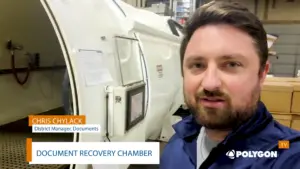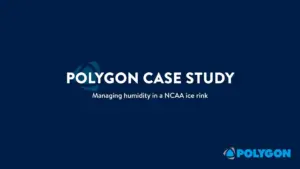Innovations Have Reduced Water Consumption in Car Washes
While car washes are not typically thought to be water-conserving establishments, the truth about them may be surprising. On average, the car wash industry’s water conservation efforts lead communities to save more water than other businesses. Most updated car wash facilities have water reclamation systems that allow the re-use of water while the utilization of improved equipment and reduced nozzle sizes also achieves less water consumption than in the past. These enhanced processes are garnering greater efficiencies, significantly reducing water consumption in a water-based industry.
Reclaiming Water Reduces Water Consumption
Today’s commercial car washes are equipped to use less water. In medium and large municipalities, less than 1% of the water consumed is from car washes—in fact, in most cities, car washes are not even in the top 1000 of the largest water users. Water conservation technology provides the most effective solution for car washes to sustainably reduce the amount of needed wash water. Designed to cleanse used water of debris, allowing it to be reused many times over, while helping to control water and sewer hookup costs, water reclamation can be performed by various methods, including:
- Separation: reclaiming water by skimming oil and grease in settling tanks or by cyclonic separation
- Filtration: removing solids from collected wash water by reverse osmosis or de-ionization
- Flocculation: removing anionic and cationic materials from collected wash water through the use of polymers and metal salts
- Oxidation: removing electrons from wash water to convert unwanted chemicals to eliminate smells, colors and organisms such as bacteria and algae
Home Washing Harms the Environment
While washing your car at home may seem like a practical alternative, you are likely wasting more water while dispersing harmful elements into the community. Washing your car at home can lead to soap, oils, brake dust and other pollutants to appear in local lakes, streams and rivers. Rather than having harmful elements spread into nearby water sources, car wash wastewater is gathered in underground tanks and sent to treatment facilities. With new technology and regulations, such as the EPA’s Clean Water Act, commercial car washes are safer than trying to take matters into your own hands.
In addition to the spread of potentially toxic contaminants, washing your car at home requires a lot of water. According to a study in Maryland, a typical car wash at home uses 100 gallons of water. In comparison, Auto Laundry News states that automatic systems use only 35 gallons per vehicle. That’s a big difference, particularly when 75% of the water in a car wash is being reclaimed and reused.
Customer’s Care About Conservation
Customers are researching reliable car washes, reading and writing reviews online, and even comparing prices and specials at various locations. To keep up with both eco-conscious customer expectations and stringent regulatory demands, the need for car wash quality control and conservation technology must grow in pace with environmental concern.
When it comes to carwash industry know-how, you can count on Iron Fox to deliver the solutions you need. Iron Fox is a leader in finding ways to decrease the usage of precious resources—whether it’s through the use of smaller, low-flow/higher-pressure nozzles or the implementation of safer, more efficient water conservation equipment. Our expertise can help you navigate all the intricacies of the industry, including experience with installing and serving multiple equipment brands as well as determining the best site to install a water reclamation system at your car wash. To learn more about our installation and service, click here.








